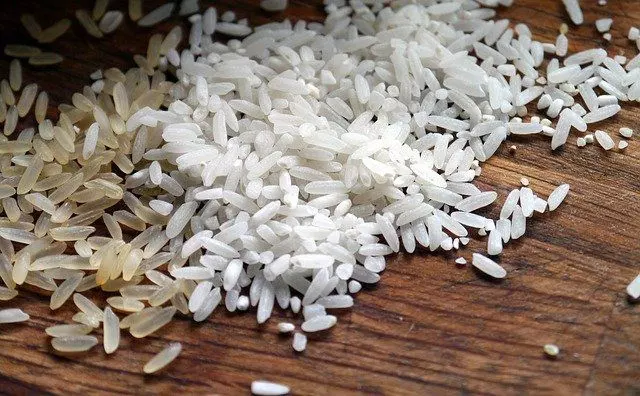Today we will show you how to grow rice at home and in this way, you will be able to have your organic rice at home.
Did you know that there are some 8,000 varieties of rice on record, but the exact number remains unknown?
Or… that rice accounts for 20% of the world’s food consumption?
Moreover, rice is present in most of the world’s cuisines. Especially Chinese and Japanese.
It is an easy-to-grow cereal. In the following article, we tell you the most effective way to grow rice.
Table of Contents
When and Where to Grow Rice
Before knowing how to grow rice we will explain when, where, and how to take care of it.
We want to plant rice in the fall and spring. This is a tropical crop, but rice can also be planted in temperate climates.
Rice grows best in bright light and warm temperatures. If the climate where you live does not guarantee long periods of warmth, it is recommended to plant rice indoors.
Therefore, choose a place where it receives plenty of sunlight.
The optimum temperature for its development is 73°F (23 ºC). At higher temperatures, the plants grow faster, but the tissues are more susceptible to diseases.
For germination, the ideal temperature varies between 86 and 95°F (30 and 35 ºC). Above 104°F (40ºC), germination does not occur. The optimum for flowering is 86°F (30ºC).
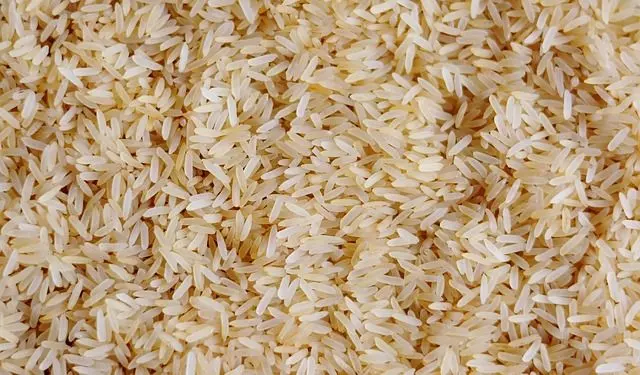
How We Irrigate Rice
As for watering, care must be taken to ensure that the water level is adequate.
During the first days, the humidity level should be very high to protect the first shoots from the cold.
It is recommended to maintain flooding in the soil of at least 2” (5 cm).
With the first shoots, the amount of water is usually raised to 6” (15 cm), although some experts argue that this increase is not highly recommended.
As the plants grow, watering levels should be lowered to allow the leaves to breathe.
Leaves should protrude above the water level. At this stage, water renewal can be done to achieve the best oxygenation and temperature.
Once the crop is planted, it is possible to make use of the dry phase, which consists of cutting off the entry of water and allowing the soil to dry to a greater or lesser degree.
This is done at the end of the tillering phase until the beginning of ear formation, approximately at the end of June and July.
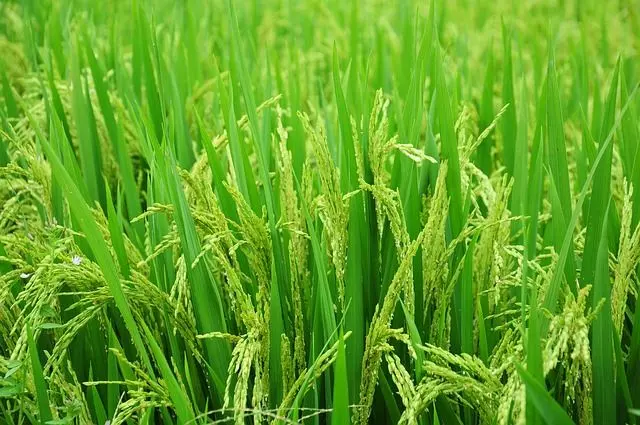
How Do We Prepare the Soil for Rice Cultivation? Substrate and Nutrients
The crop is adapted to a wide variety of soils, from very sandy to clay soils.
However, it is usually grown on fine to medium textured soils, typical of wide flood plains and river deltas.
The soil should be slightly acidic and clayey for the best results.
Fine-textured soils make tillage more difficult but are more fertile because of their higher clay, organic matter, and nutrient content.
In case the soil lacks iron, you can add iron sulfate.
The optimum pH for rice is 6.6. Keep in mind that most soils change pH to neutral within a few weeks after the flooding.
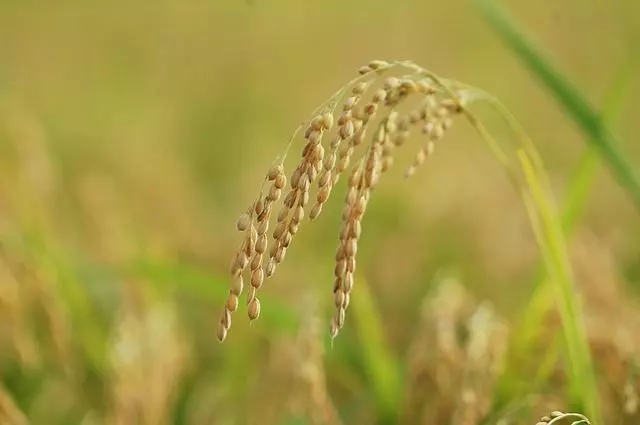
How to Grow Rice Step by Step
You know everything you need for rice cultivation. Now we will explain how to grow rice step by step.
1- Clean the land
Remove weeds and remains of previous crops and all kinds of residues.
Rice seeds need all the nutrients and space they can get.
2- Level the ground. If you are using buckets, fill them with at least 6” (15 cm) of moist soil.
3- Flood the area where you are going to plant. Keep in mind that it is much easier to flood small spaces than large spaces, so it is recommended to use seedbeds even when planting outdoors, since this way, it is easier to manage and maintain the crop.
4- Introduce the seeds.
Introduce the rice seeds when the water is clear and the sludge has settled to the bottom. Sowing should be done with the soil flooded to about 2” (5 cm) in height.
Add mulch to the soil, lightly covering the rice grains. Mulch retains moisture, which is particularly beneficial in very dry climates.
5- Make sure the soil remains moist. If you prefer, you can keep the water level at 2” (5 cm).
6- Disperse the plants. Once the plants have sprouted, select the healthiest and strongest seedlings. When they grow to 7” (18 cm), scatter them no more than 12” (30 cm) apart.
If you have planted in seedlings, transplant them when they reach 5” to 12” (12 to 18 cm) in height.
They should be planted in a muddy bed.
7- Wait for the rice to mature.
This will take approximately 3 to 4 months. When the plants reach about 7 (17 cm) in height, cut off the flow of water and drain the excess.
Within two weeks, the rice grains will turn from green to golden brown. That’s when you’ll know they’re ready.
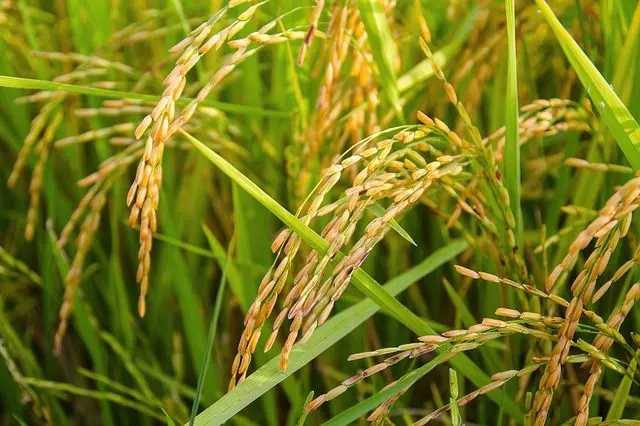
Rice Harvesting
You already know how to grow rice, now we are going to explain how to harvest it correctly.
The optimum time for harvesting is when the ear reaches physiological maturity.
It is therefore important to allow the rice grains to mature.
Approximately 2 weeks after draining the soil, the rice will take on a golden color. This is the right time to harvest.
Cut the stalks just below the heads, which is where the rice grains are located. You will notice tiny pockets at the top of the stalk, these are the rice husks.
Rice can have 25-30% moisture content after threshing, so it should be dried to less than 14% moisture content.
To achieve this, wrap the husks in a newspaper and store them in a dry, sunny place for 2 to 3 weeks.
